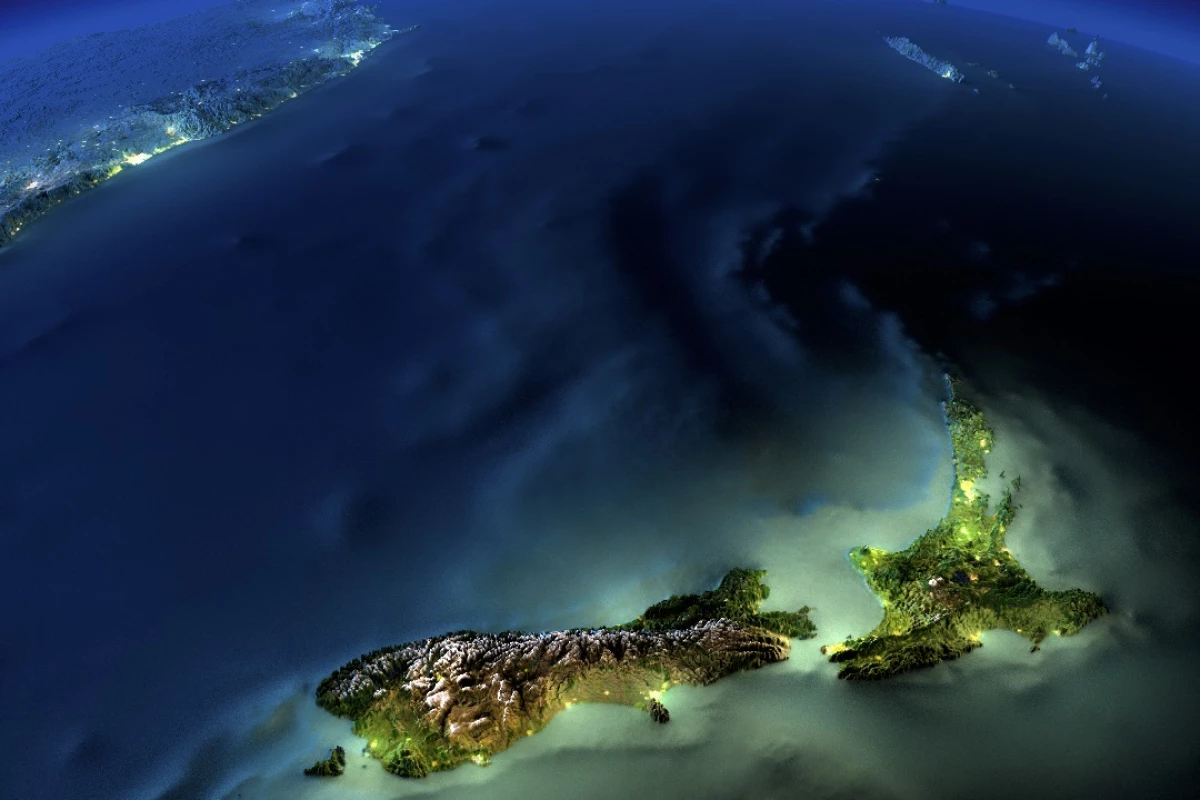
Unveiling the Submerged Continent of Zealandia
In 2017, a study published in the Geological Society of America’s journal, GSA Today, provided evidence of a hidden “continent” beneath the waters, named Zealandia. With 94% of its area submerged, only the highest peaks remain above sea level, and New Zealand stands as the visible portion of this continent.
While the idea of a submerged continent might evoke legends of Atlantis, the GSA confirmed that Zealandia meets all the criteria of a continent, including elevation, geology, crustal structure, and area. By 2023, Zealandia had been mapped in greater detail than any other continent.
Geological History and the Definition of a Continent
For nearly two centuries, our list of continents included Asia, Africa, North America, South America, Antarctica, Europe, and Australia. However, the definition of a continent is not merely a large landmass. Zealandia, spanning 4.9 million square kilometers, is six times larger than Madagascar and significant enough to be recognized as a continent rather than a microcontinent.
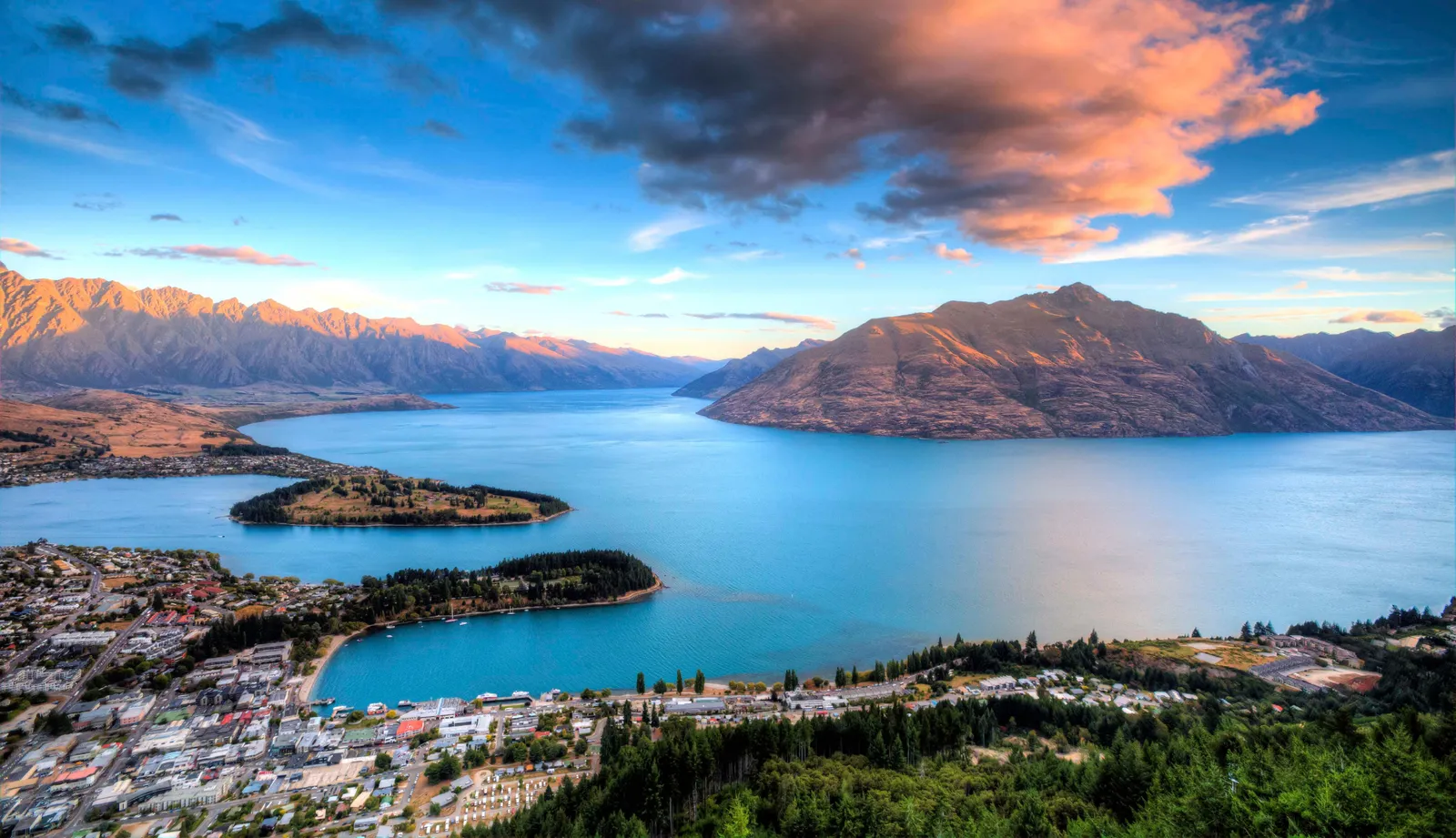
Millions of years ago, Zealandia and Madagascar separated from the supercontinent of Gondwana. Zealandia’s geology still fits southwest of Antarctica like a puzzle piece. Although New Zealand is often grouped with Australia in the Oceania region, its continental crust is distinctively different.
Exploring the Islands of Zealandia
Whether you consider it the eighth continental tip or simply a nation, New Zealand, with its approximately 600 islands, is a captivating tourist destination. In 2013, New Zealand’s two main islands were officially recognized with their long-standing names: North Island (Te Ika-a-Maui, meaning “Maui’s Fish” in Māori) and South Island (Te Waipounamu, meaning “waters of greenstone”).
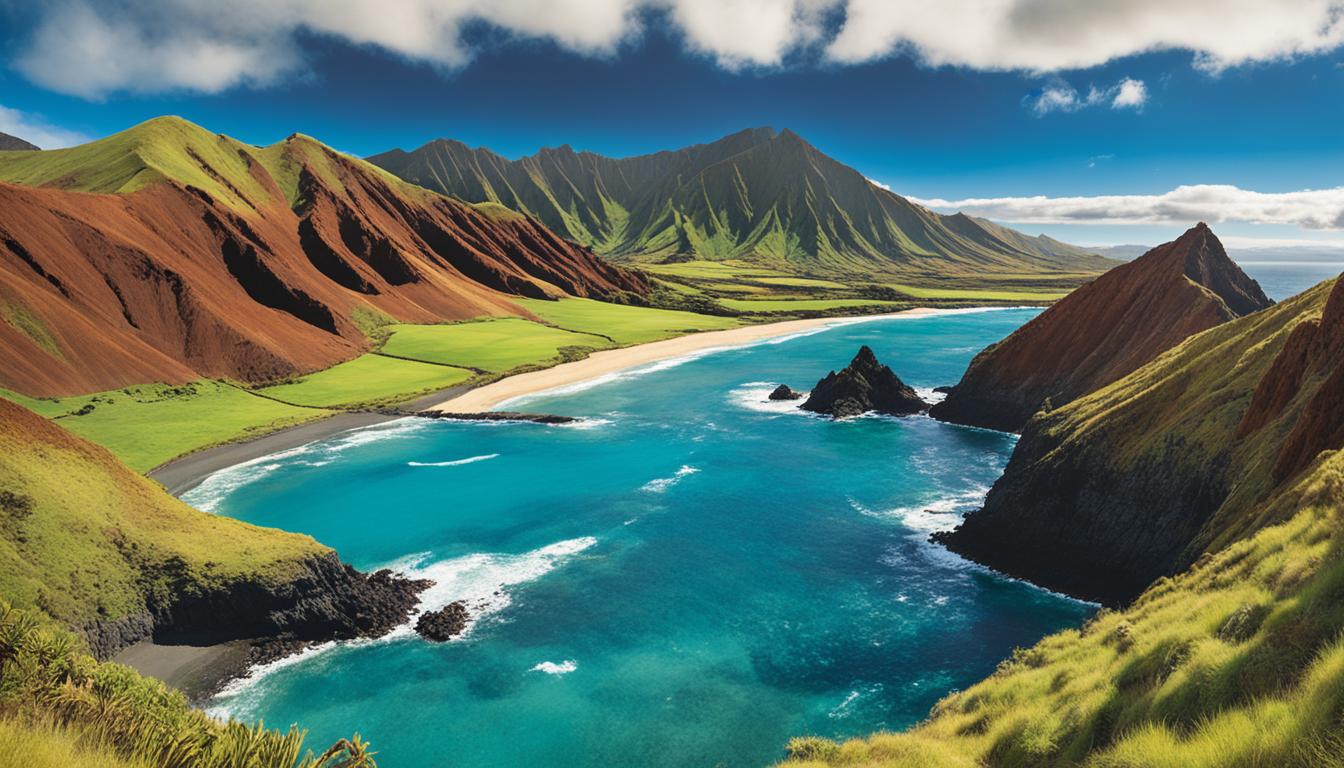
North Island is home to cities like Auckland and Wellington and boasts natural wonders such as Cape Reinga, Cathedral Cove, and the Waitomo Glowworm Caves — a luminous wonder of New Zealand that feels surreal.
Nearby is the country’s most-visited attraction: Hobbiton, the setting for The Lord of the Rings films, where you can step into the world of hobbits.
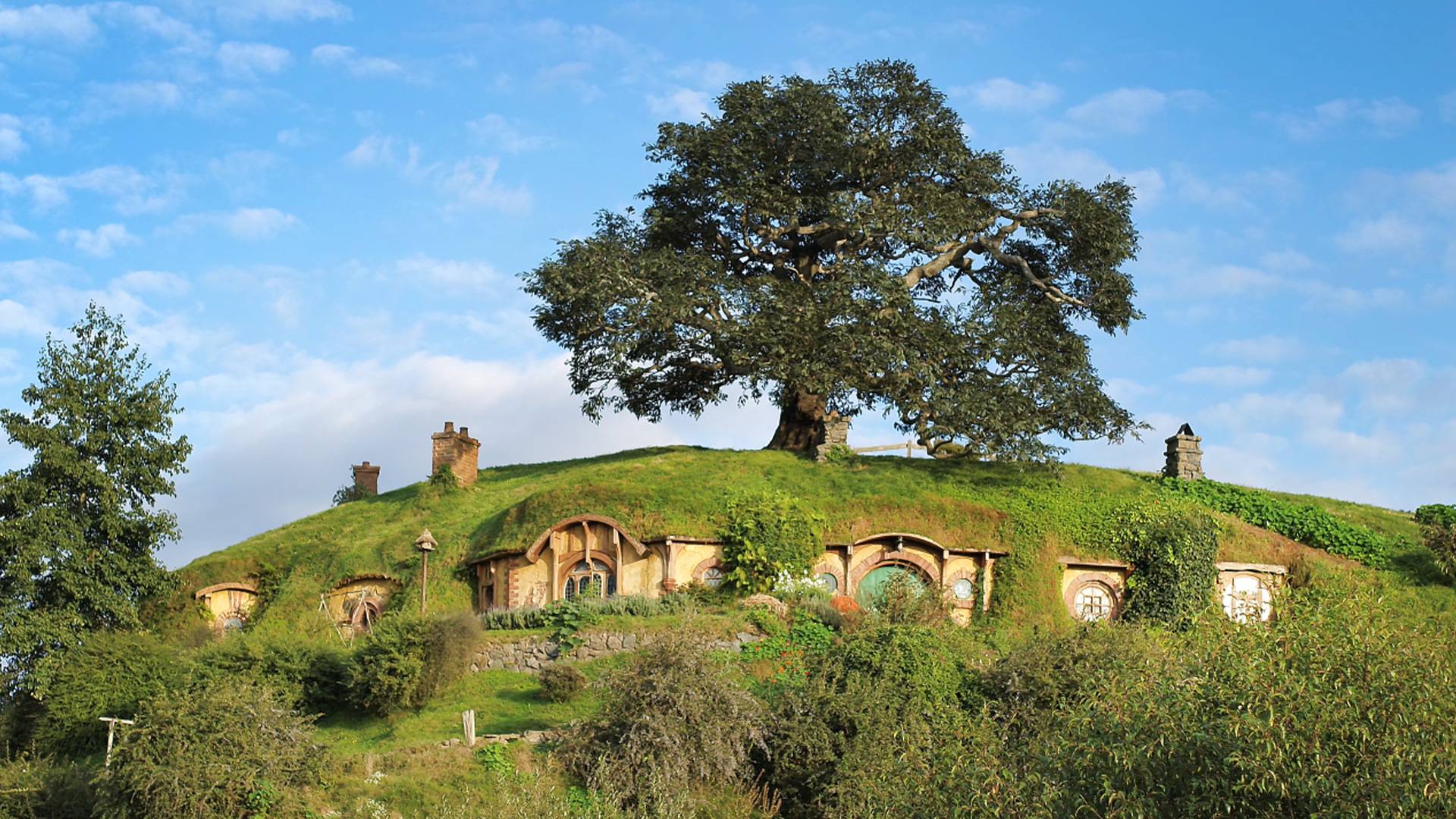
South Island, on the other hand, is an adventurer’s paradise, featuring Milford Sound, the jewel of Fiordland. This national park is a must-visit for thrill-seekers.
Another national park worth exploring is Aoraki / Mount Cook, located southwest of Christchurch on the island. Taking a helicopter tour here will allow you to witness New Zealand’s tallest mountain (and the highest point of Zealandia above sea level) and experience the contrast between the highest peaks and the lowest depths of the continent.
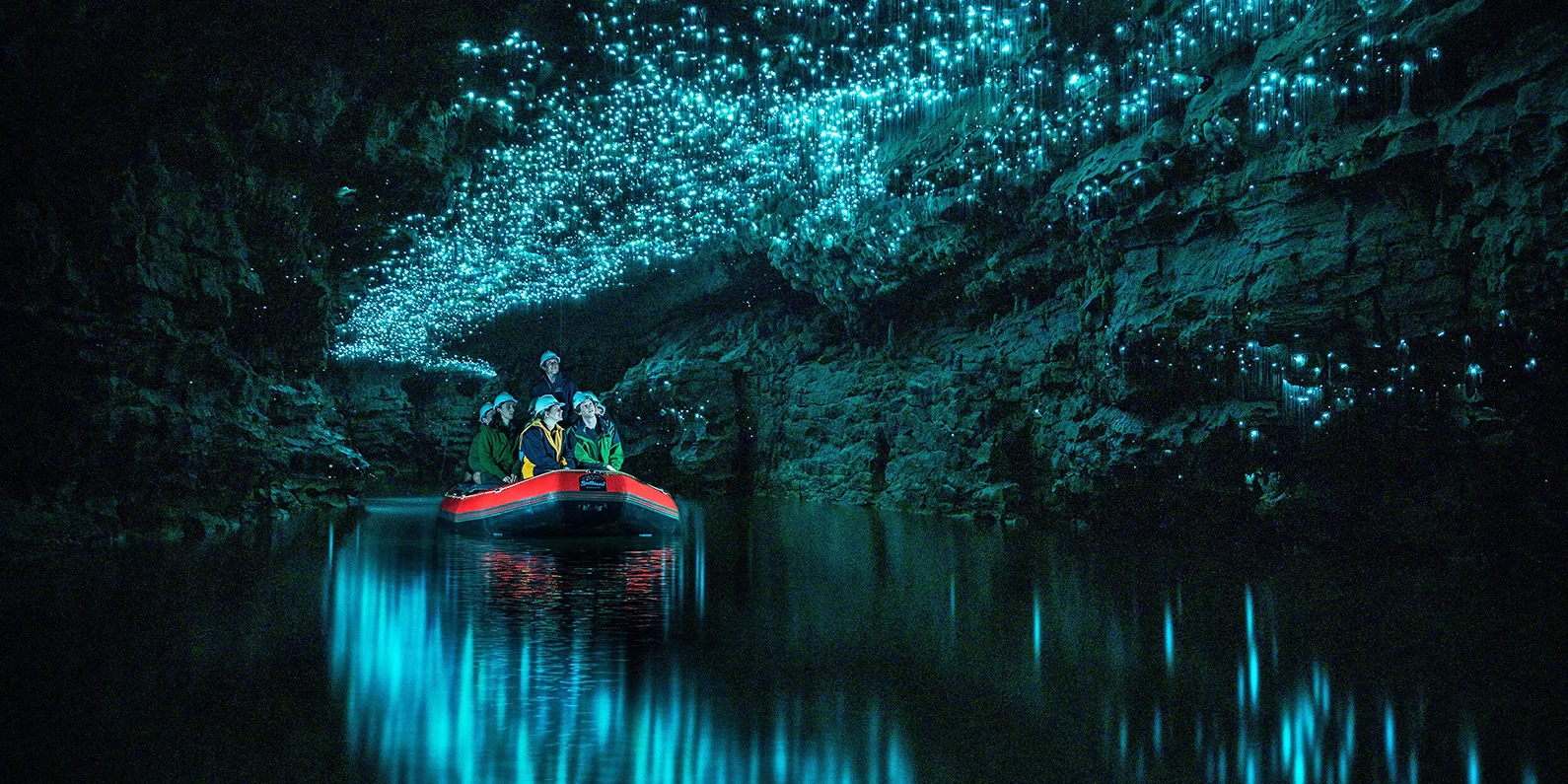
New Zealand not only reshapes our understanding of geography and continents but also unveils a world of wonder and allure. Just when you thought you knew the continents, New Zealand comes along and turns everything upside down, offering unforgettable experiences.






























